The rubber plant, once a mainstay of Victorian parlors, is making a chic comeback in modern interiors. Traditionally, there was a singular way to display these glossy-leafed wonders, but today, rubber plant indoor ideas are flourishing. Regardless of the style, incorporating a rubber plant injects a touch of nature and elegance into any room. Although initially it might seem like a daunting endeavor, growing a rubber plant indoors is both rewarding and straightforward--and perfectly aligns with the current trend of indoor jungles. Refresh your space with the following rubber plant ideas and cultivate an indoor oasis of your own.
Elegant plant display. Use tall, stylish pots to create a modern look with rubber plants indoors. It's a great way to enhance natural light and aesthetics in your space. Source
Rubber plant in a stylish planter stand. This setup enhances the aesthetic appeal and air quality of your living space. Source
Rubber plant display on a shelving unit. Incorporating a rubber plant with other vibrant greenery enhances indoor aesthetics while promoting a lively environment. Source
Lush rubber plant arrangement. Incorporating a variety of decorative pots can enhance the visual appeal of your indoor space. Source
Colorful ceramic pots. Using a variety of bright hues can enhance the aesthetic appeal of rubber plants, creating a vibrant indoor atmosphere. Source
Rubber plant display in a decorative pot. This adds a touch of elegance and enhances the plant's aesthetic appeal in any indoor space. Source
Vibrant rubber plant arrangement. Use varied pot colors and textures to enhance the plant's natural beauty while creating an engaging indoor aesthetic. Source
Rubber plant in decorative pot. This choice enhances indoor aesthetics while providing a touch of greenery. Source
Rubber plant in textured ceramic pot. This combination enhances indoor aesthetics while providing lush greenery. Source
Rubber plant arrangement for indoor aesthetics. Grouping different sized pots together enhances visual interest and creates a lush, inviting atmosphere. Source
Rubber plant in a stylish planter. This design choice enhances your indoor aesthetics while providing a natural touch to the space. Source
Lush rubber plant arrangement. Incorporating rubber plants in tightly grouped clusters can enhance indoor greenery while promoting a calming atmosphere. Source
Stylish ceramic pots for rubber plants. Using unique textures and colors can enhance the aesthetic appeal of indoor spaces. Source
Lush green rubber plants for an indoor garden. They bring a vibrant touch and improve air quality while thriving in various indoor conditions. Source
Rubber plant in a cozy corner. This placement maximizes natural light and adds a lush, green focal point to your indoor space. Source
Decorative Planters
Decorative planters really elevate the vibe of indoor spaces, don't you think? They come in all sorts of styles, from sleek ceramic options to funky macrame hangers, making it easy to match your decor. Plus, a cool planter can turn even the smallest plant into a statement piece for your home.
Natural Light Placement
Choosing the right spot for your indoor plant hinges mostly on natural light; some love bright, indirect sunlight while others thrive in low-light conditions. Pay attention to how sunlight moves through your space; windows can create hotspots that some plants might find too intense. Rotate your plants regularly to ensure even exposure, keeping them healthy and happy.
Soil Quality
Soil quality really makes a difference for your indoor plants. Good drainage, adequate nutrients, and the right pH can lead to lush, healthy growth. Don't forget to refresh the soil every couple of years to keep those roots happy!
Humidity Levels
Indoor plants really thrive when humidity levels are just right; many prefer 40-60% humidity. If your home is too dry, especially in winter, consider using a humidifier or placing plants on trays filled with water and pebbles. Keeping an eye on the moisture level not only keeps your plants happy but can also add some nice humidity to the air for you!
Watering Schedule
Watering your indoor plants can be a bit tricky since different plants have different needs. Generally, it's best to check the top inch of soil; if it feels dry, it's time for a drink. A good rule of thumb is to water most plants every week, but always adjust based on your plant's specific requirements and the environment.
Pruning Techniques
Pruning indoor plants can really help them thrive and look their best. Snipping off dead leaves or stems encourages new growth and helps keep diseases at bay. A good rule of thumb is to make clean cuts at a 45-degree angle to promote healthy healing; this keeps your plant happy and vibrant!
Companion Plants
Companion plants are like the best buddies for your indoor plants, helping each other thrive. Certain combinations can boost growth, improve pest resistance, and even enhance flavor if you're growing herbs. For instance, putting a spider plant next to a peace lily can create a cozy little environment where both can flourish.
Rubber plants, with their large, glossy leaves, make an excellent centerpiece for indoor decor ideas owing to their lush and striking appearance. To create an inviting and vibrant indoor space, consider placing a rubber plant in a stylish pot that complements your room's color scheme or placing it on a plant stand to add height and dimension to the area. Additionally, grouping rubber plants with other indoor greenery can create a mini indoor jungle effect, enhancing the natural ambiance while benefiting from the varied textures and colors that different plants offer.

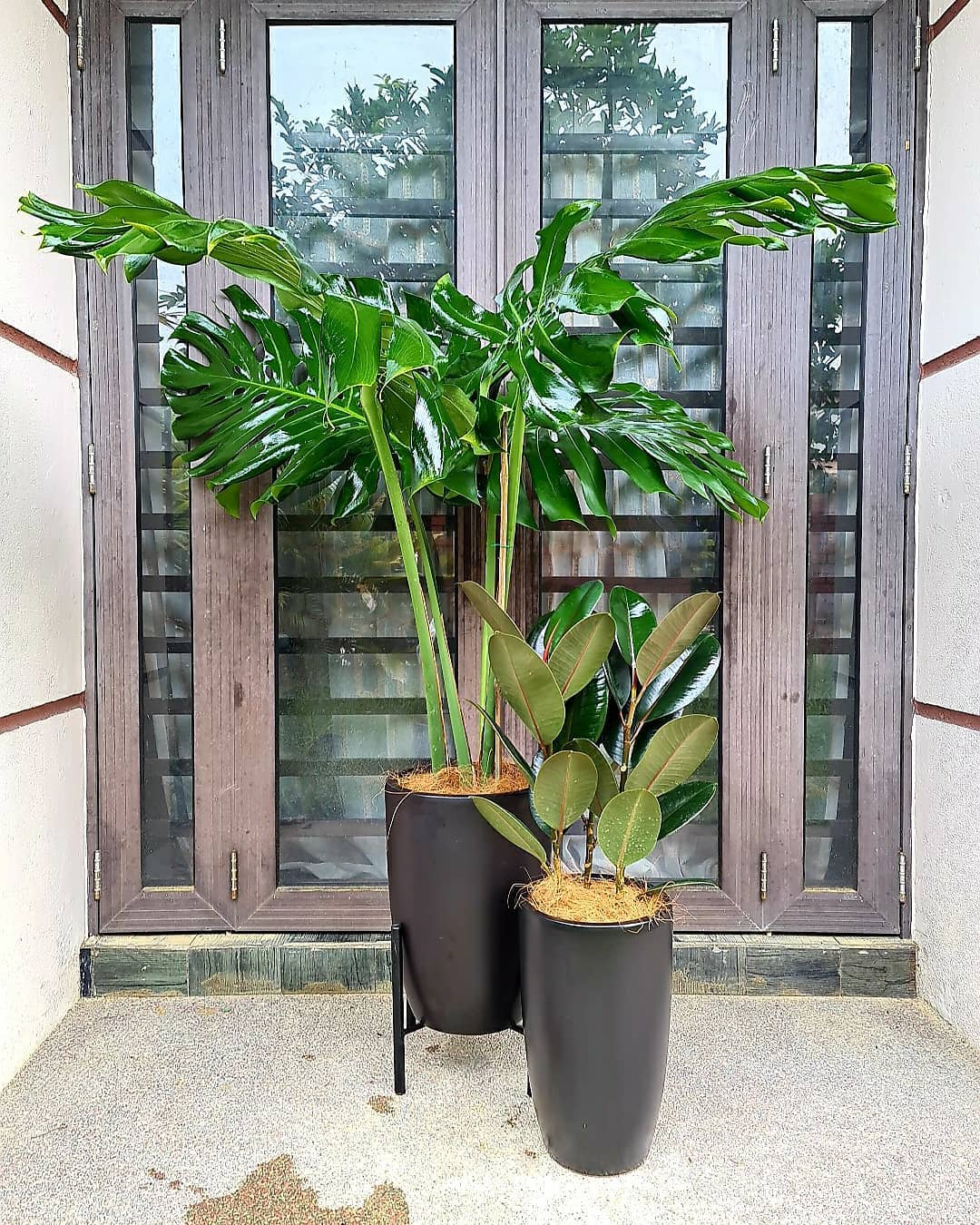
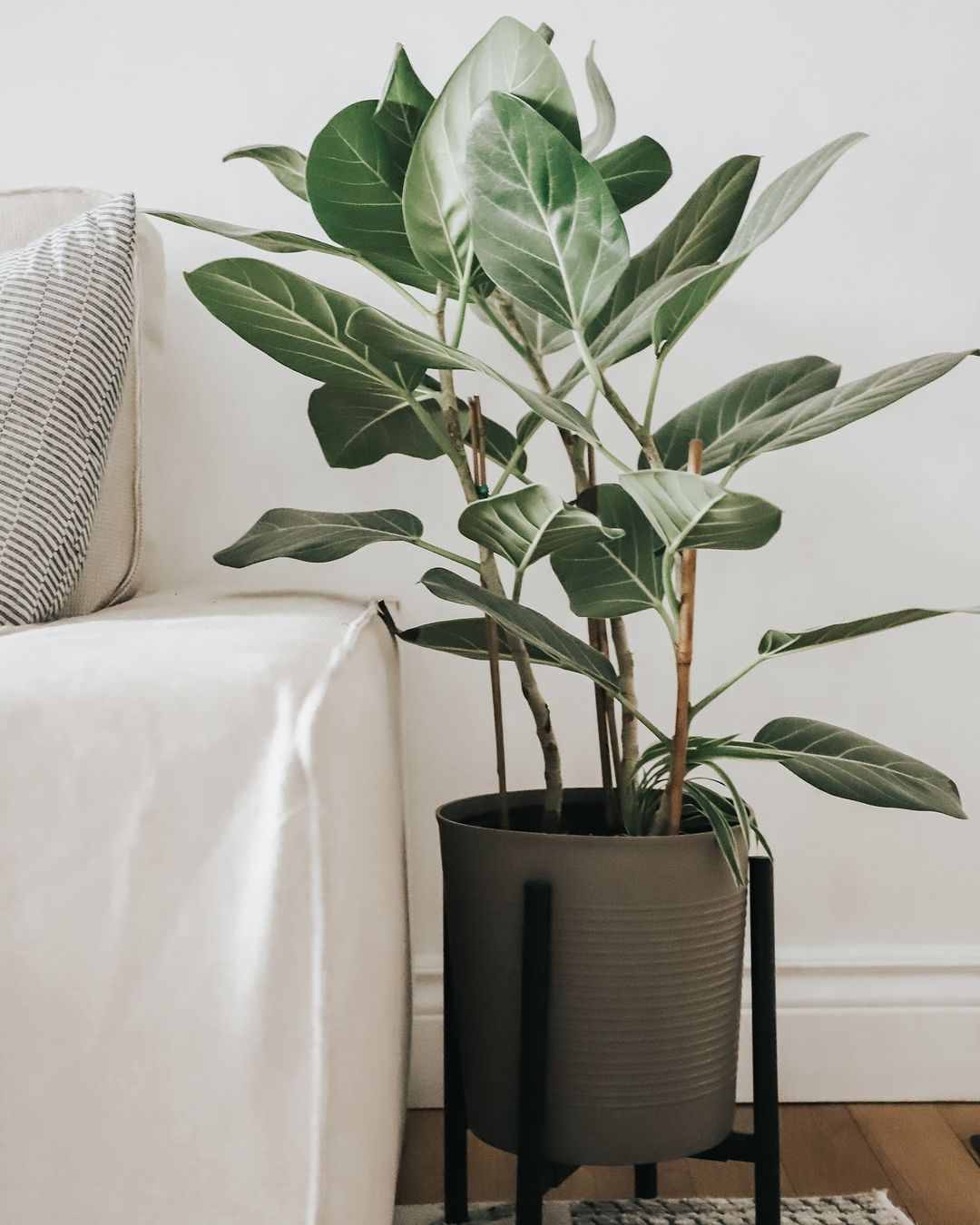
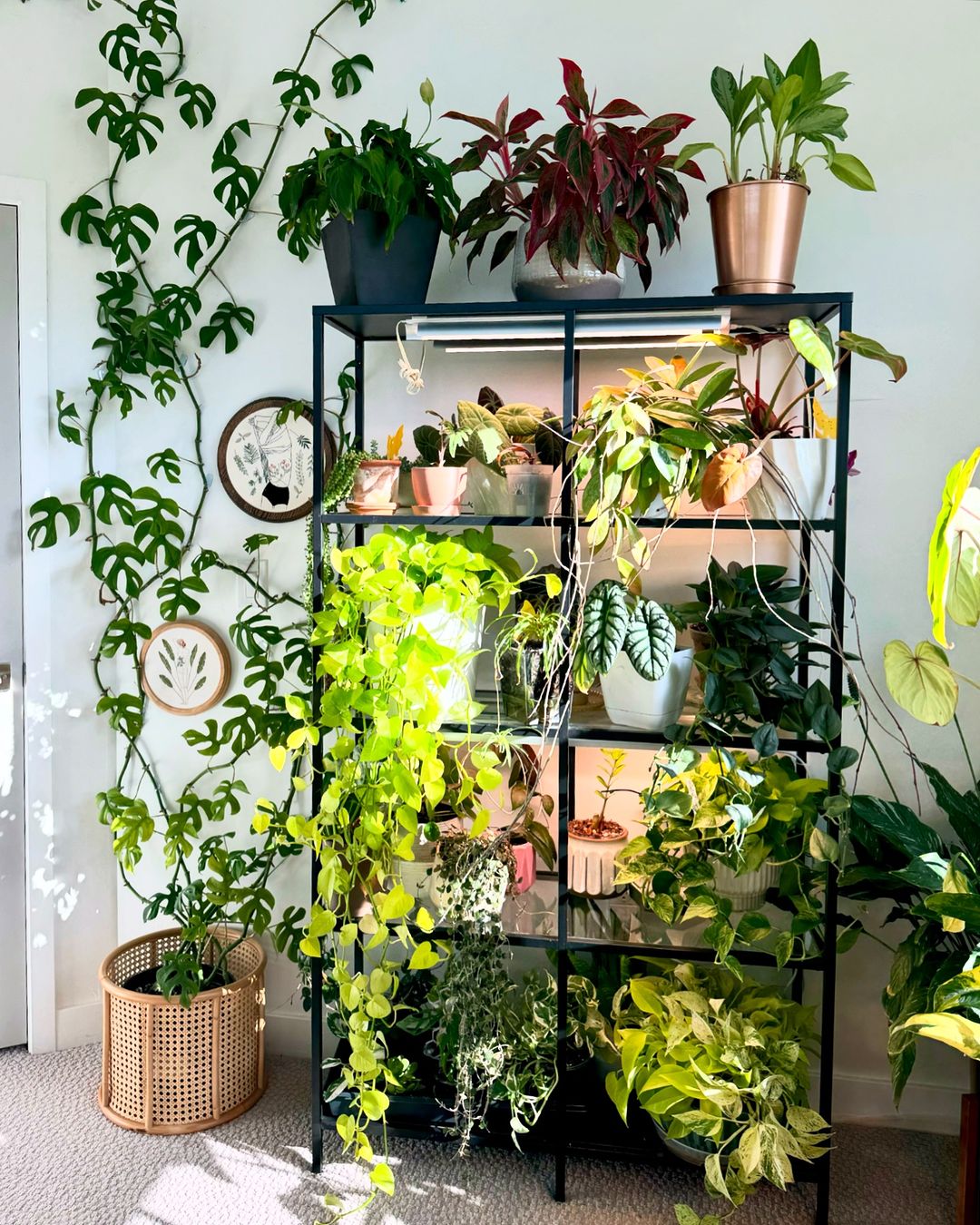
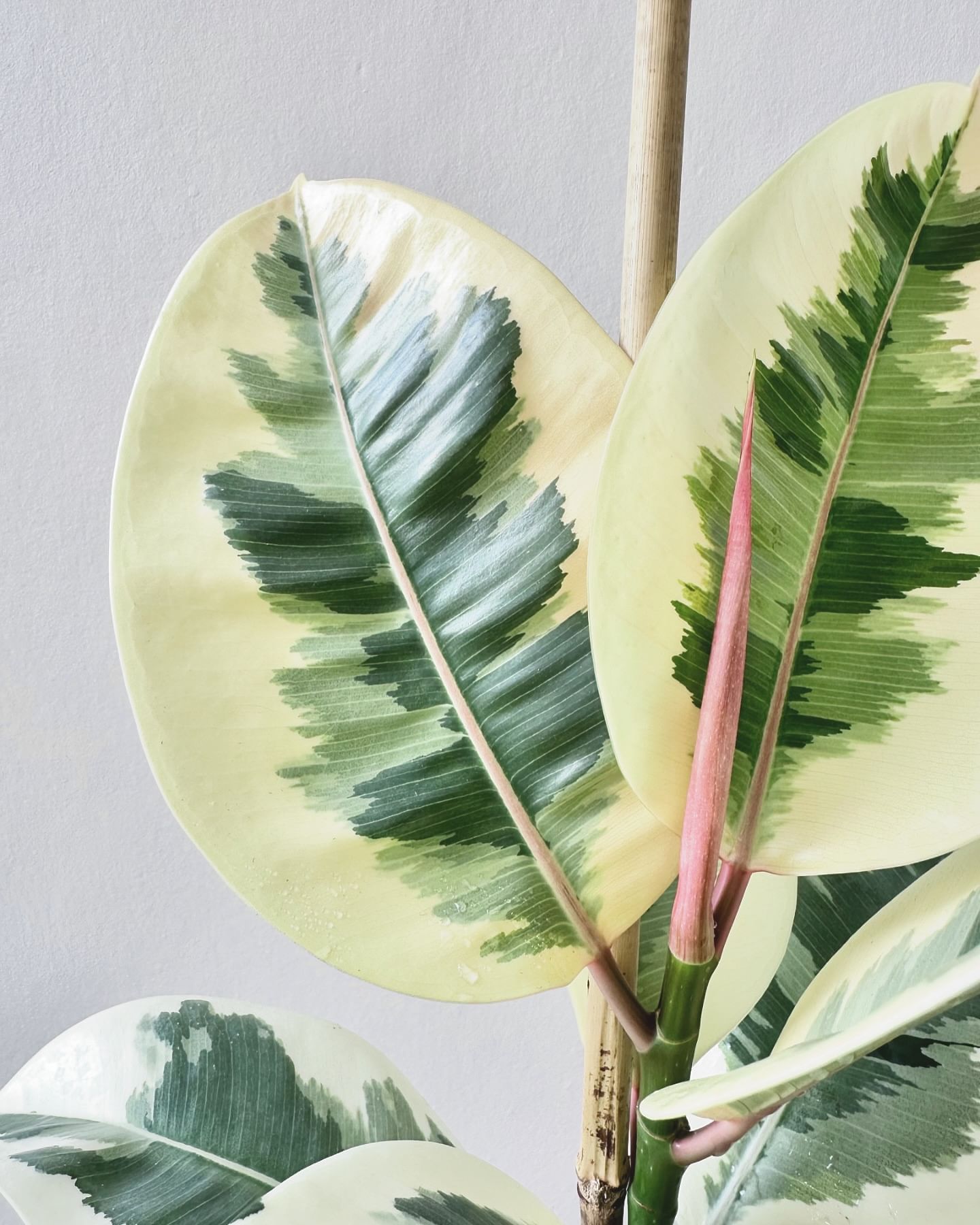
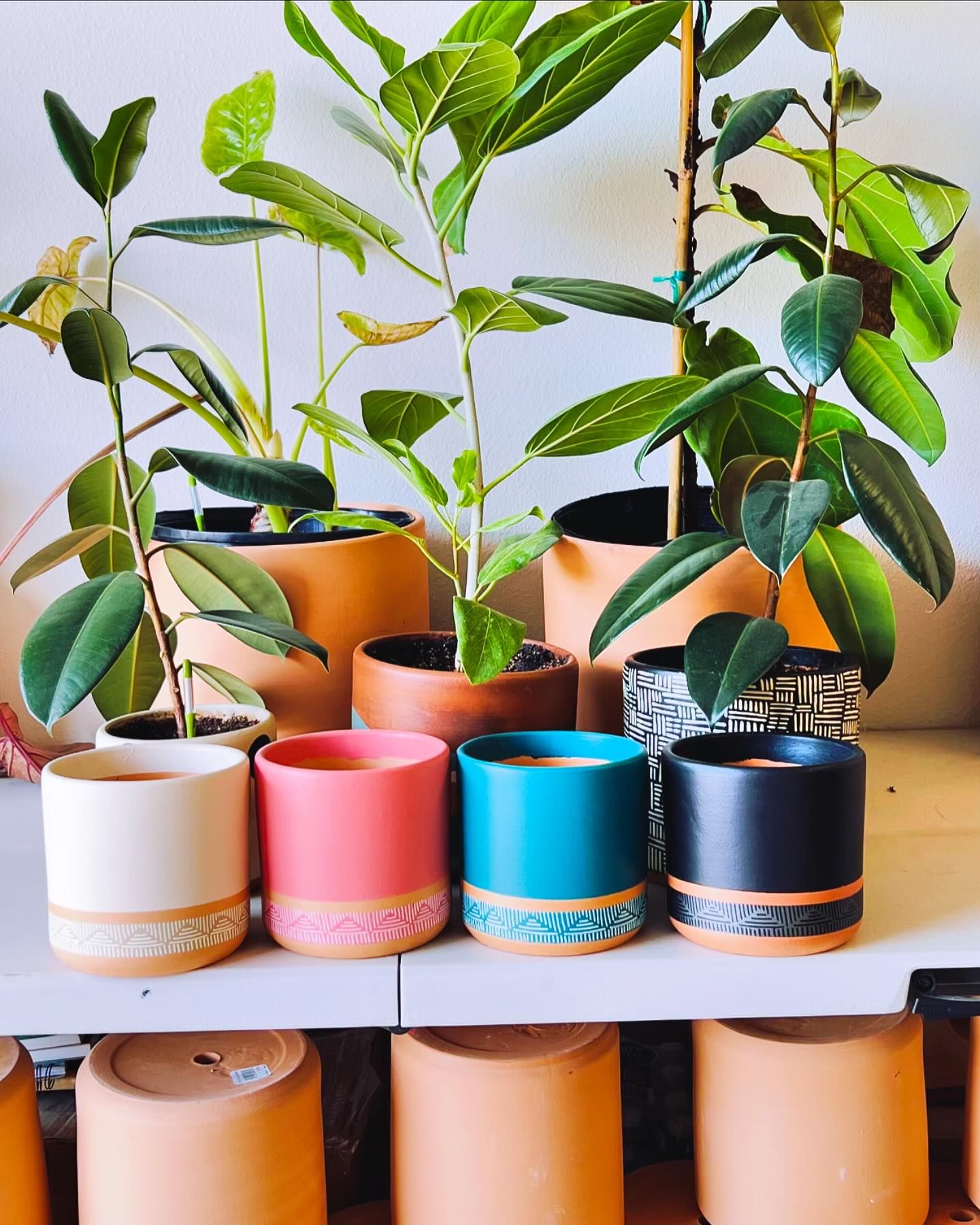
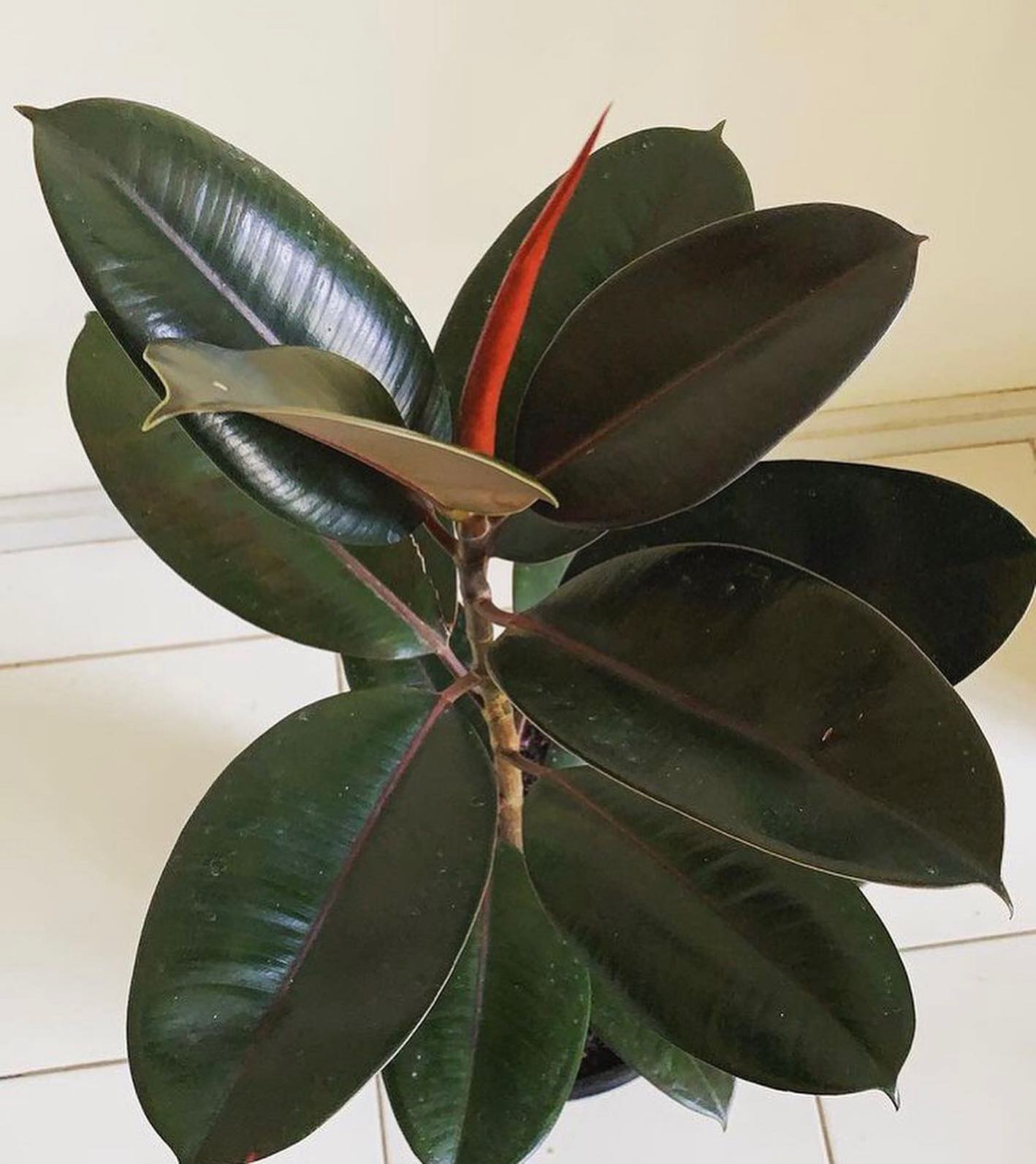
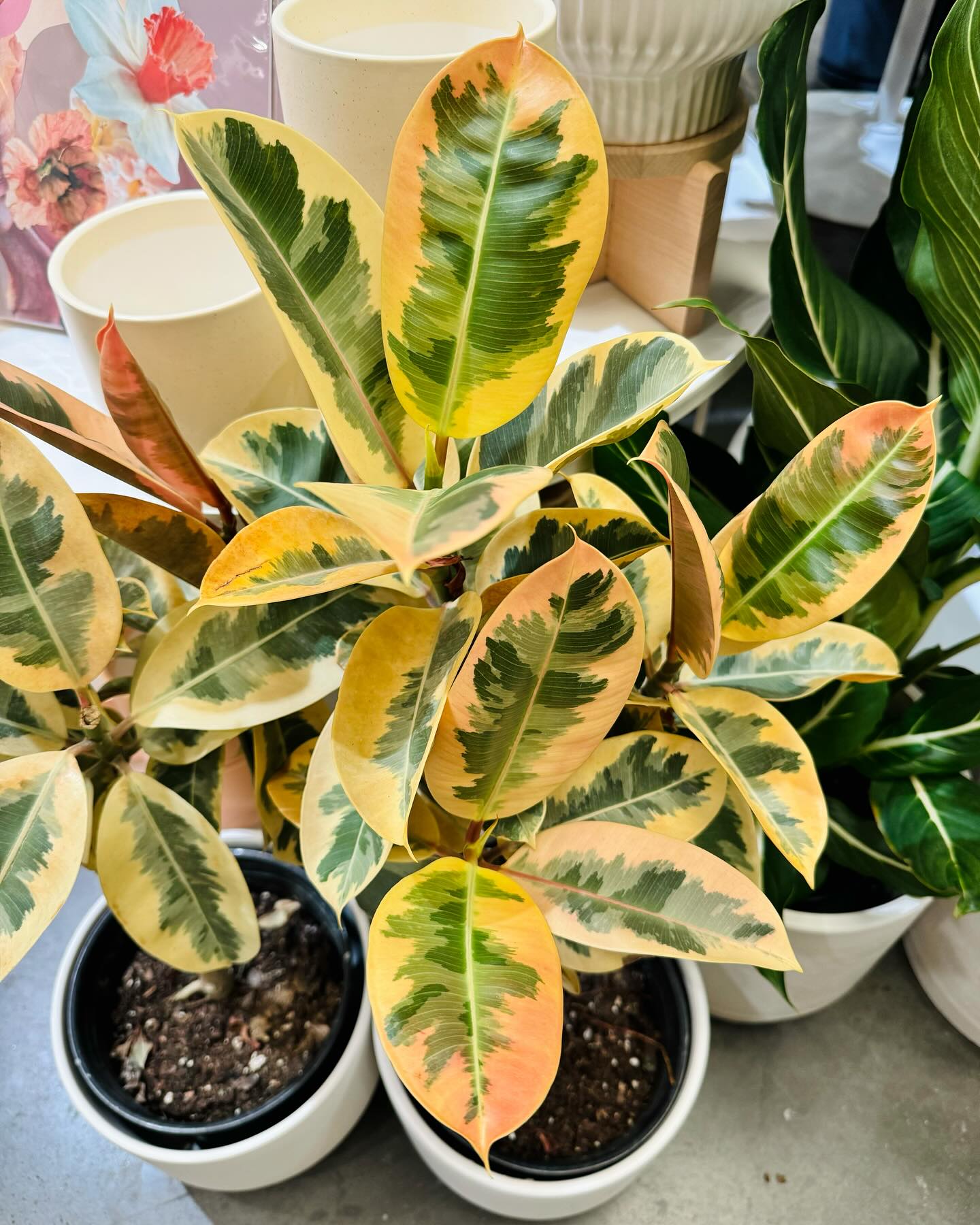
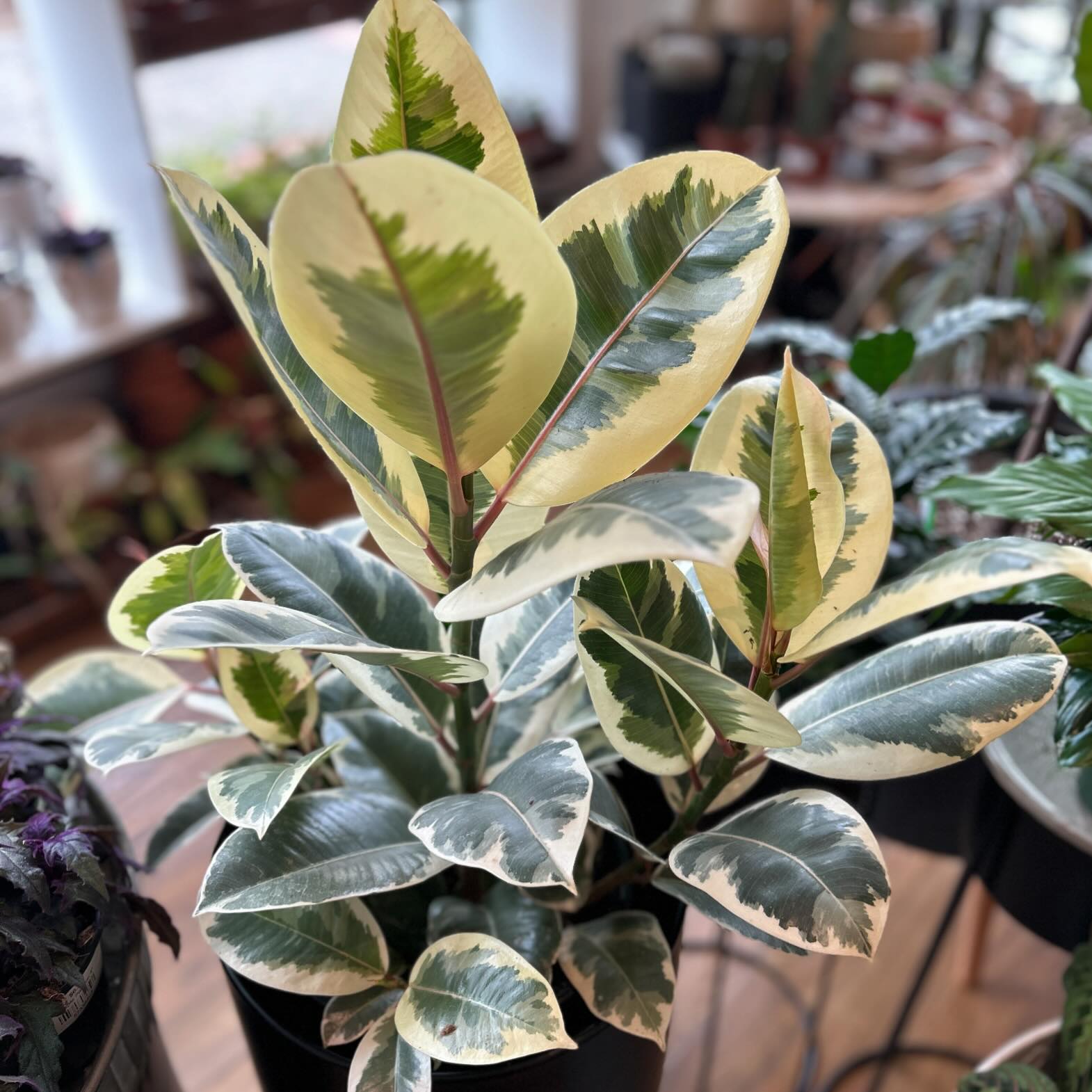

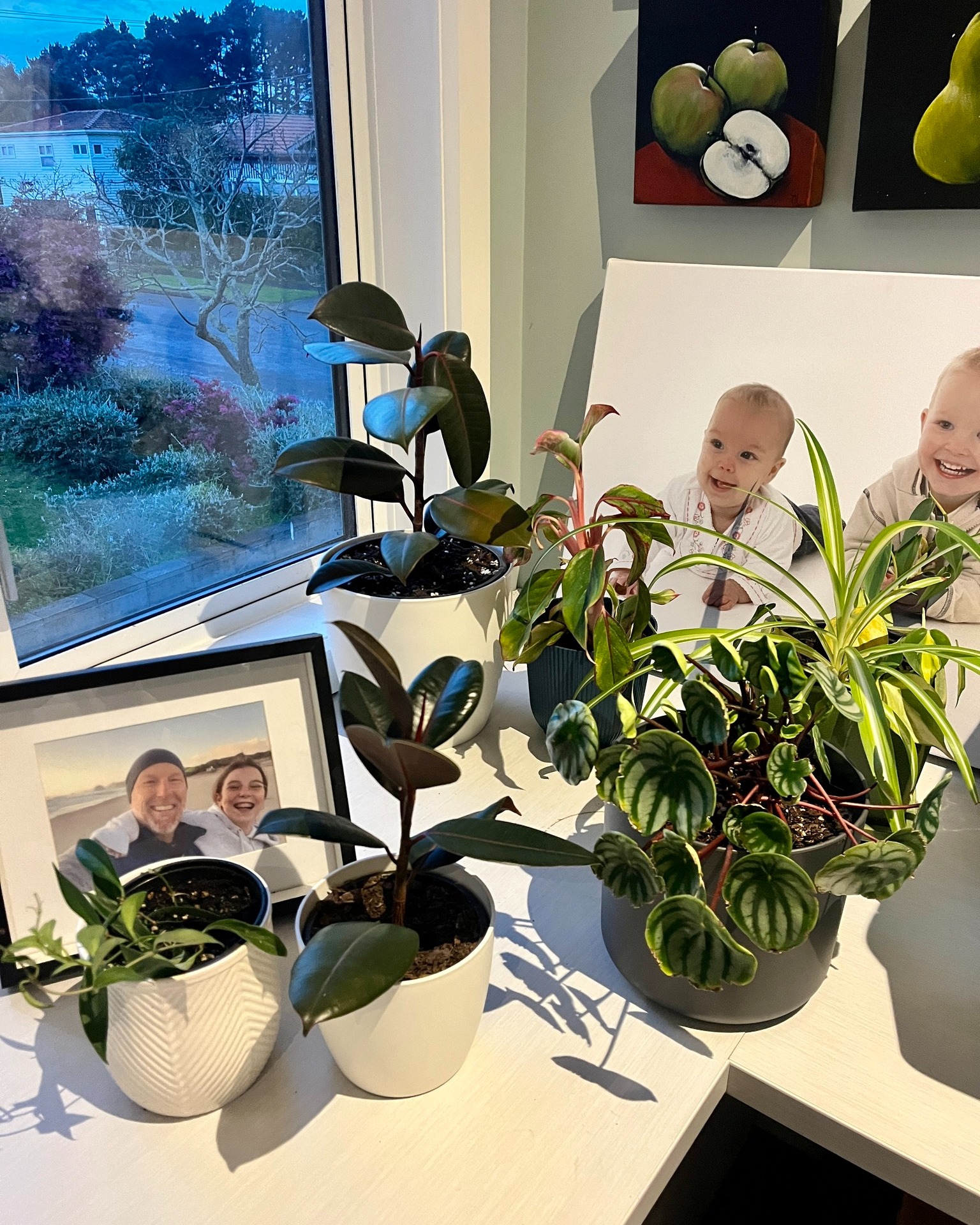
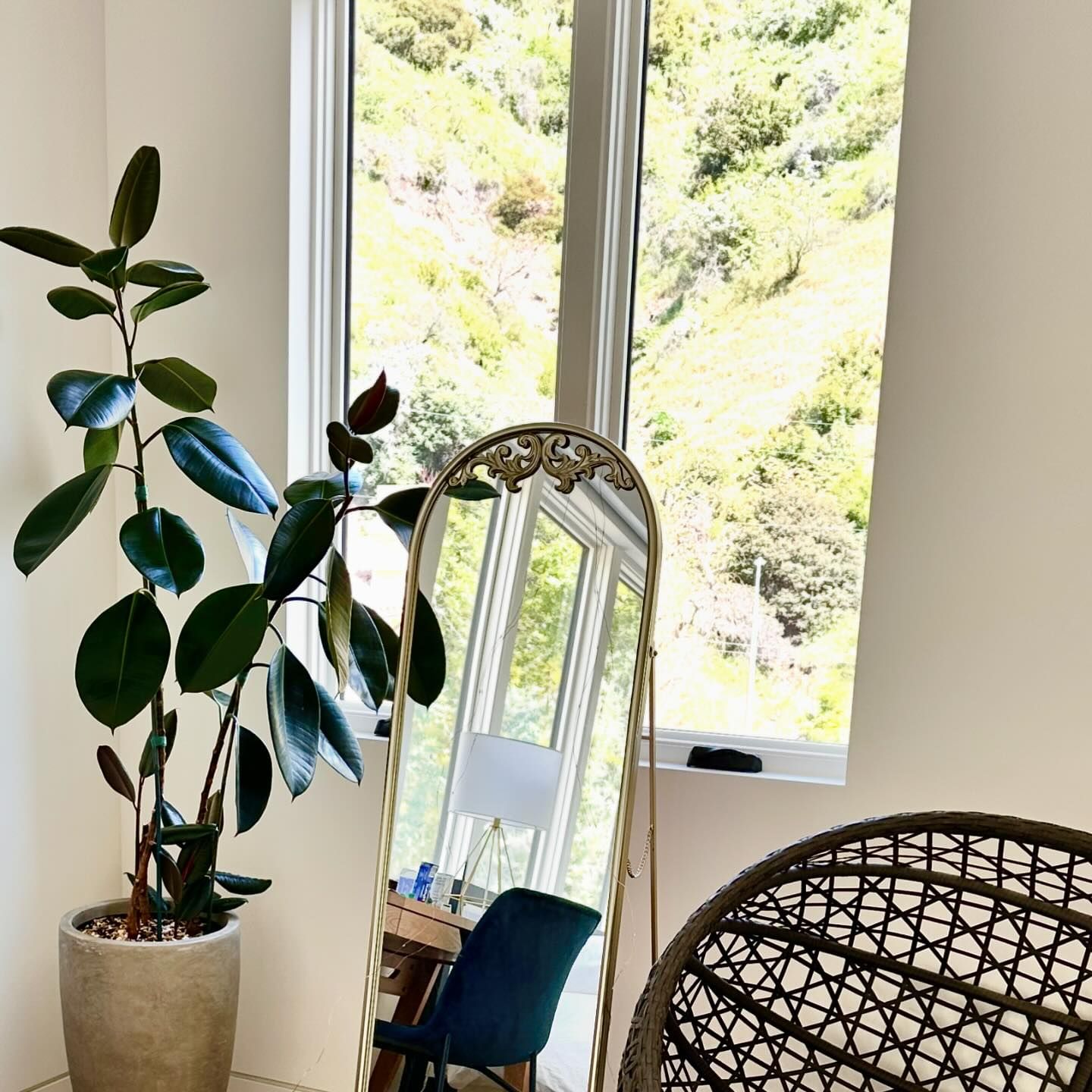
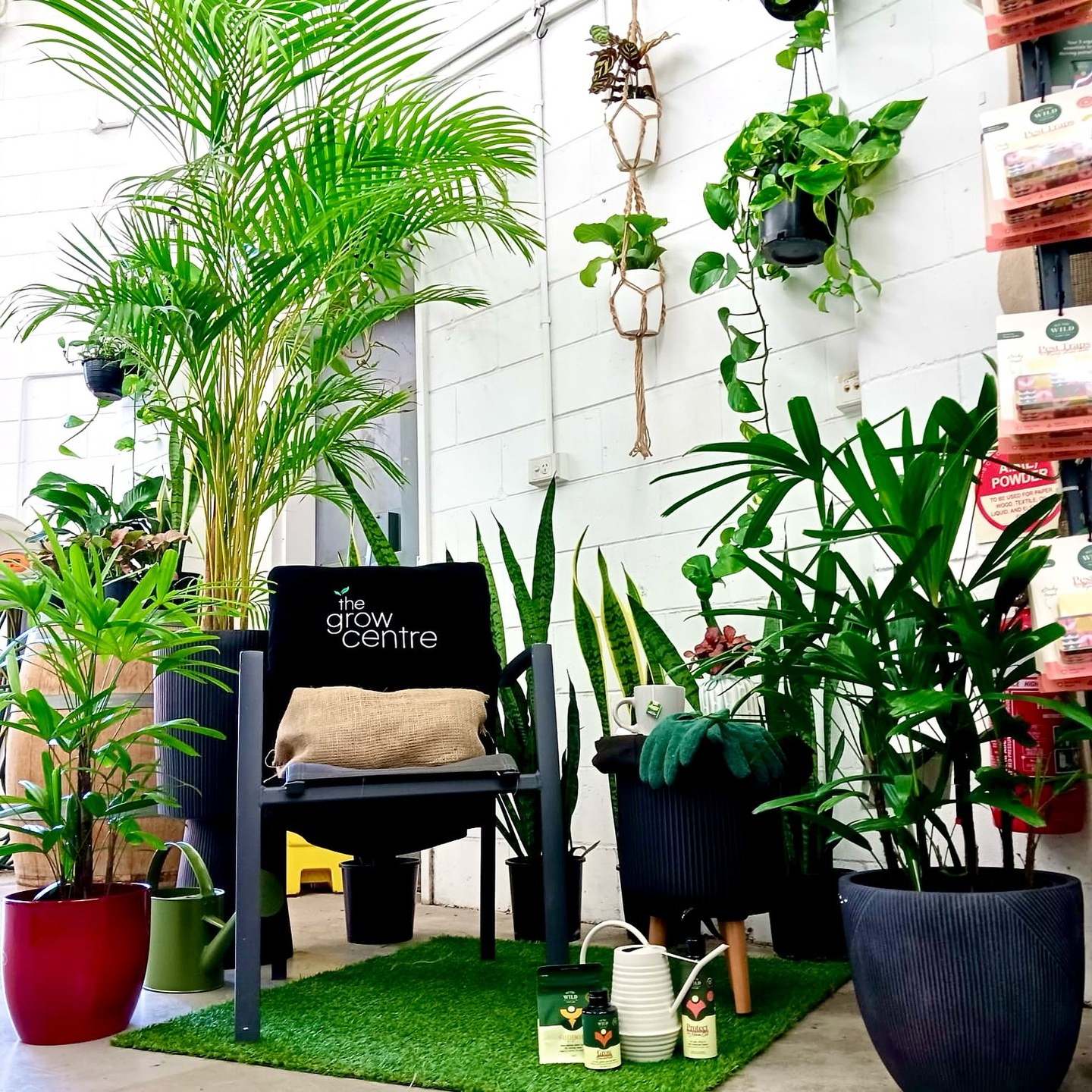
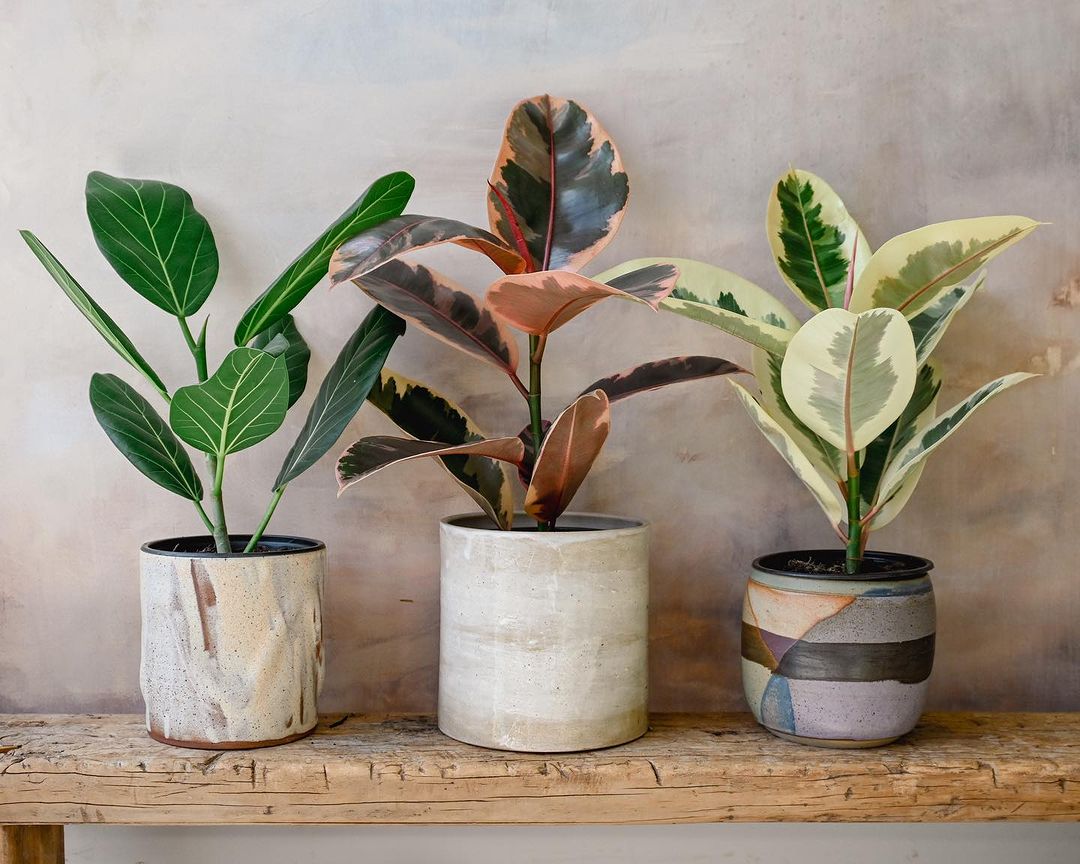
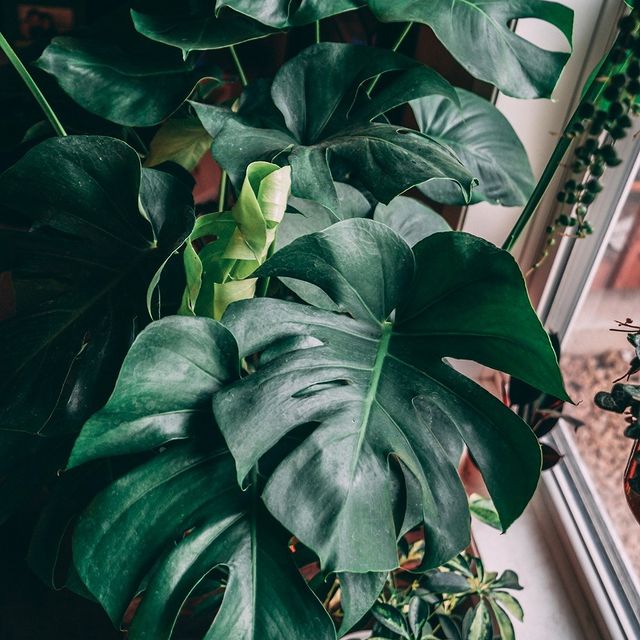
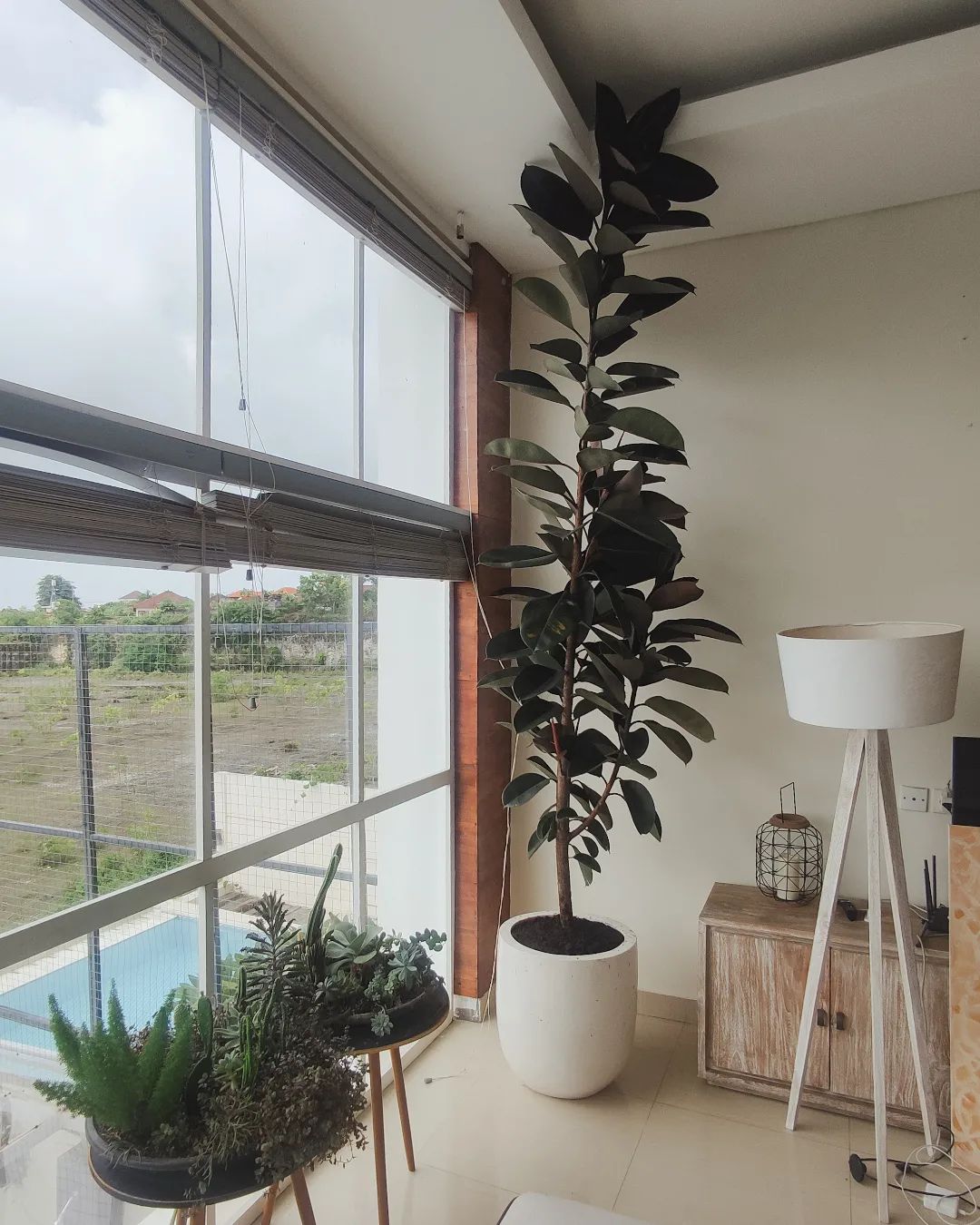

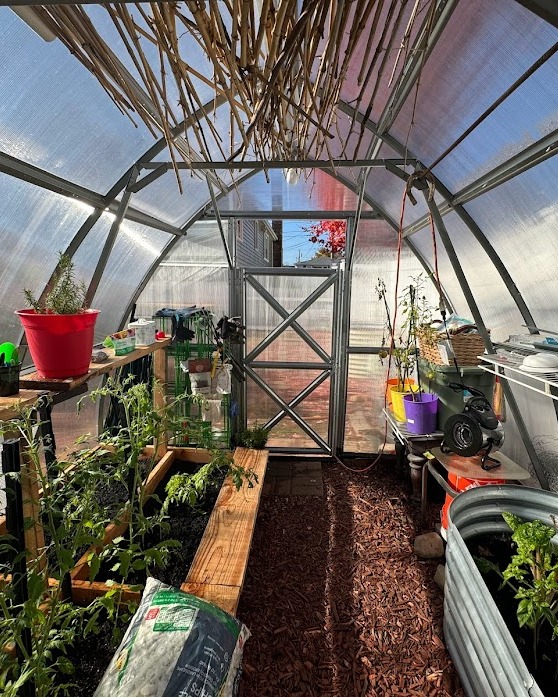
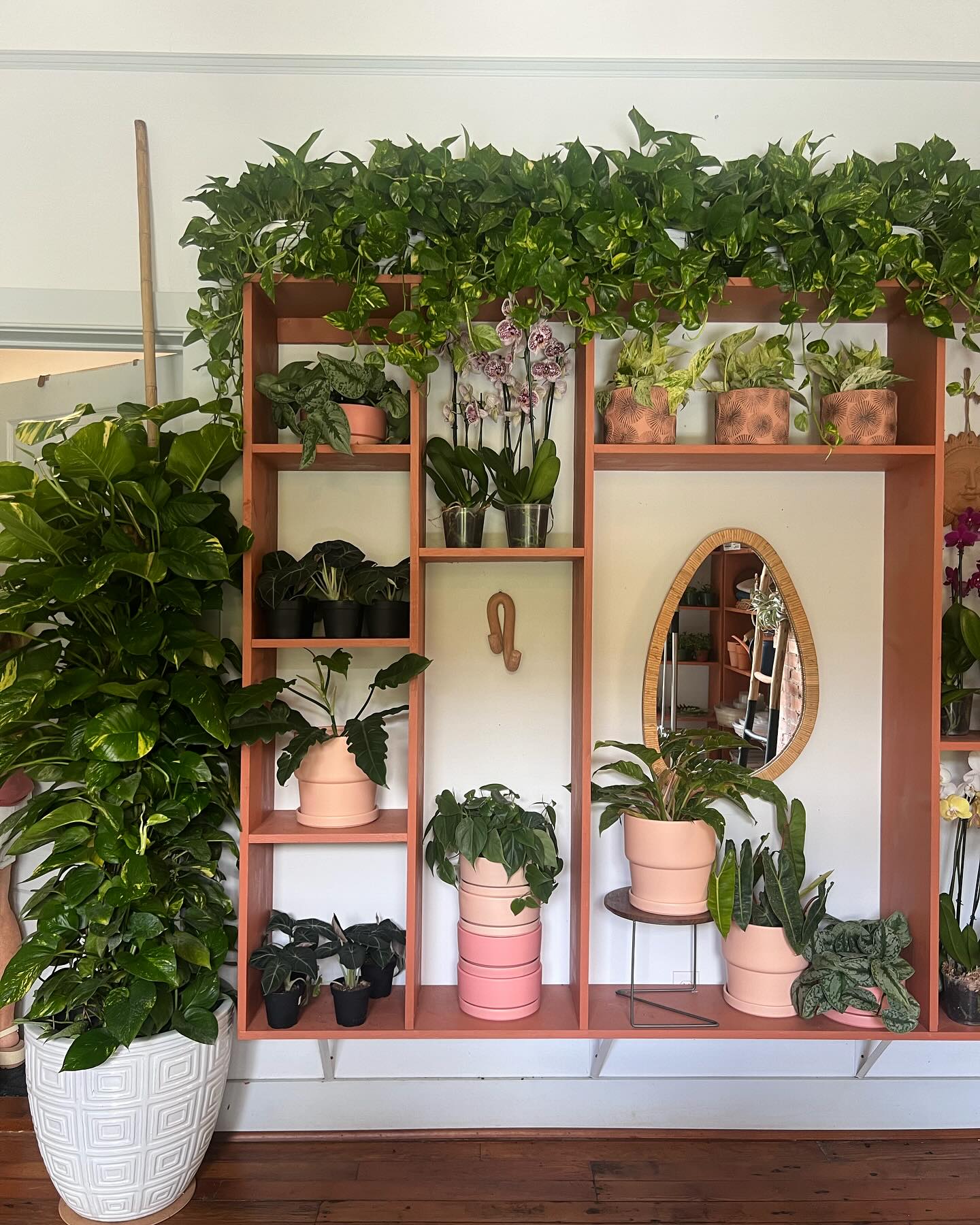
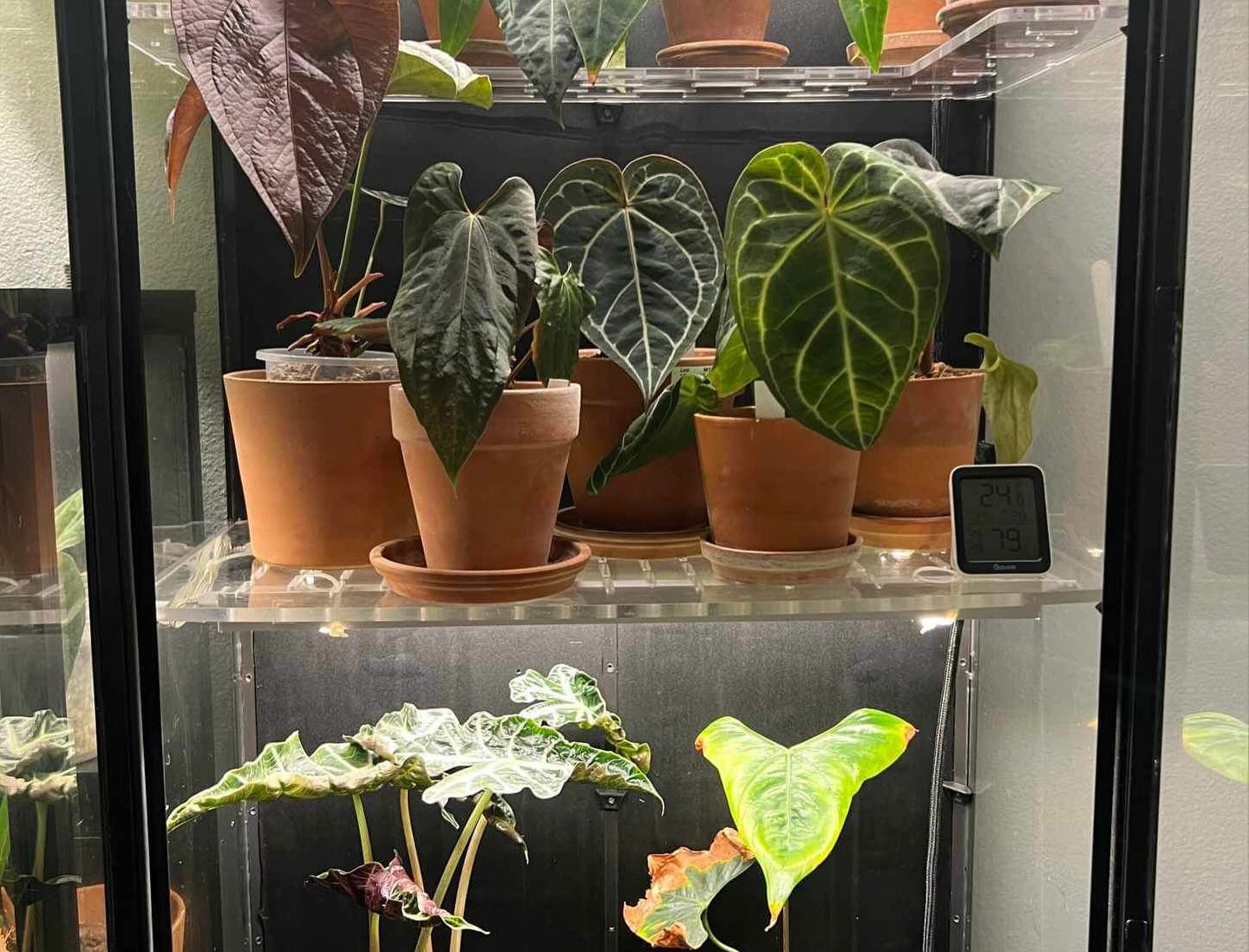
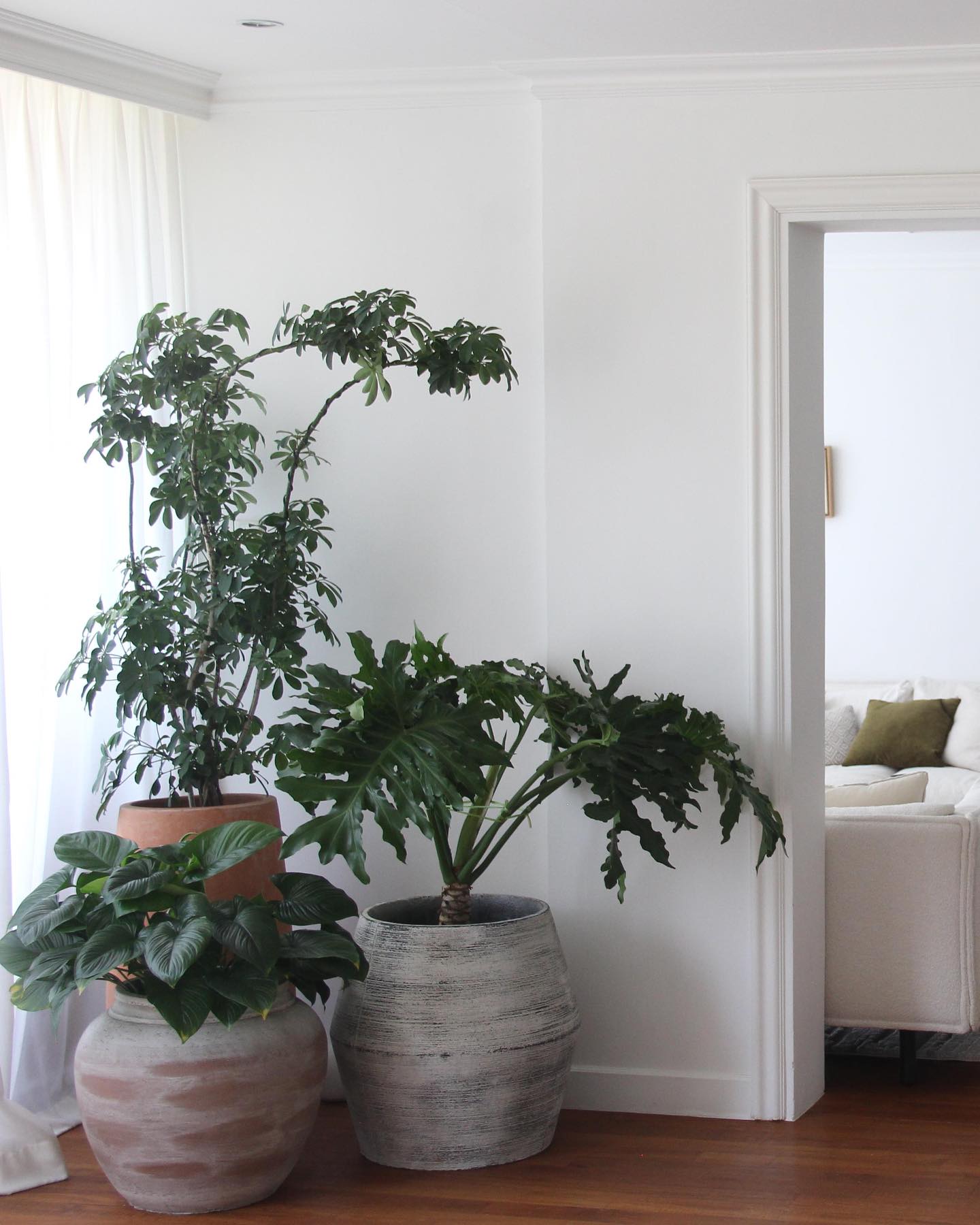
Comments